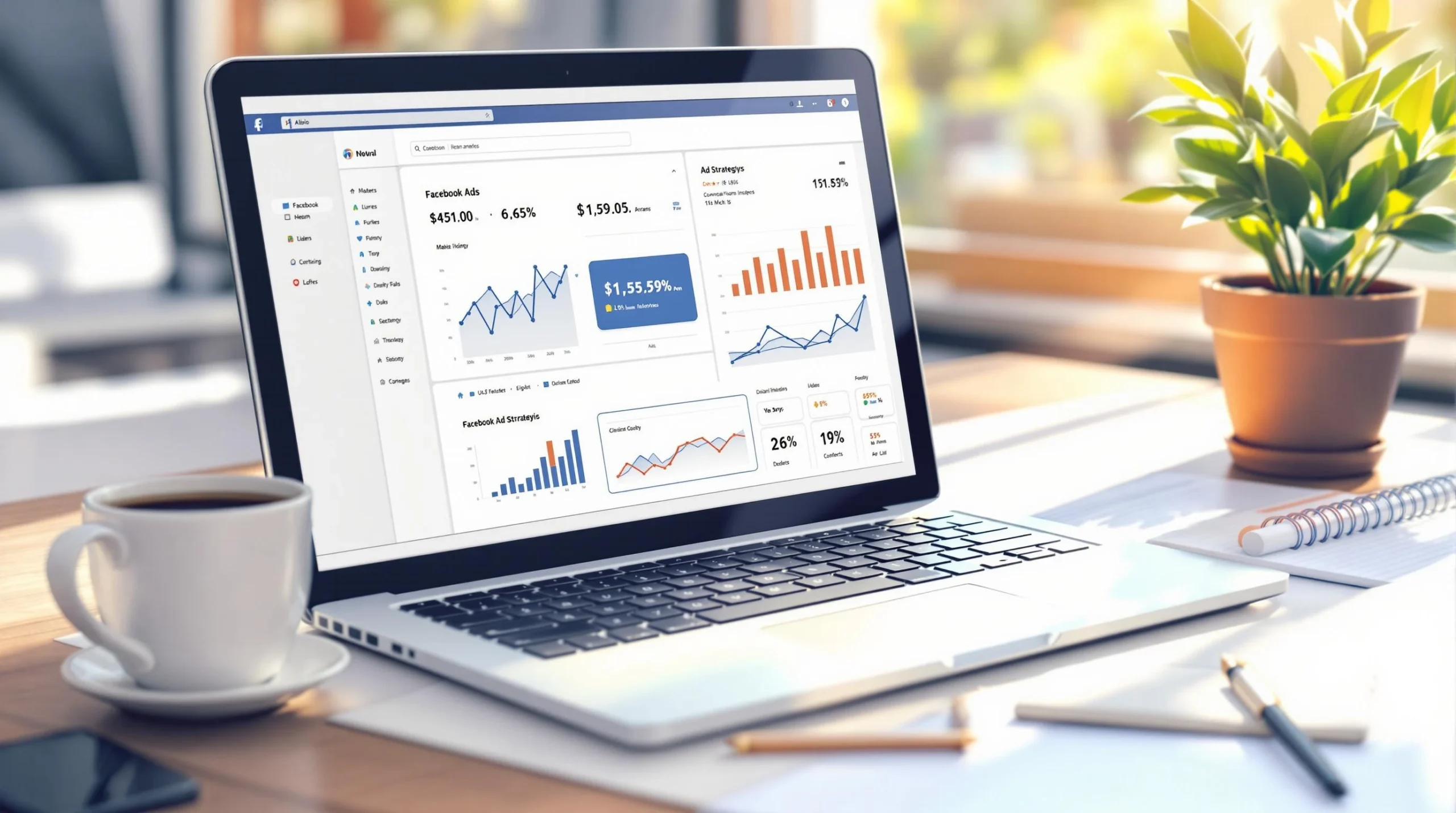Picture this: You’re running two ad campaigns. Same budget, same product, same creative. One delivers a 6x return, while the other barely breaks even. What’s the reason for the difference?
The answer lies in how rapidly changing industry trends affect Return on Ad Spend (ROAS). From privacy updates and AI to new platforms and shifting consumer habits, the ad world is evolving quickly—and so are the benchmarks for success.
ROAS is a simple ratio: how much revenue you earn compared to how much you spend on ads. It tells you if your ads are worth the investment. But as the digital landscape changes, ROAS benchmarks are also shifting.
In this blog, we’ll dive into the key trends reshaping ROAS, what they mean for your campaigns, and how to stay ahead in a world where old strategies might not work anymore.
10 Industry Trends Impacting ROAS Benchmarks
Here are the key trends shaping ROAS benchmarks and how businesses can adapt to stay competitive:
- Privacy Laws and Data Restrictions
Let’s start with the big one—privacy.
Privacy updates like iOS 14.5 and laws like GDPR are limiting how advertisers track user data. This makes it harder to measure ad success, especially on platforms like Facebook and Instagram.
Impact on ROAS: Achieving previous benchmarks is tougher, particularly for direct-to-consumer brands. Marketers are focusing on platforms with strong first-party data to improve performance.
- Rise of First-Party Data
With stricter privacy rules, brands are relying more on first-party data (direct customer information). It’s accurate, compliant, and valuable for ad targeting and performance.
Impact on ROAS: Brands using first-party data are outperforming those relying on third-party data, making it a key asset for success.
- AI-Powered Campaign Optimization
AI is transforming ad optimization by automating bidding, targeting, and placements. This leads to better ROAS, especially for both beginners and experienced marketers.
Impact on ROAS: AI has raised the baseline for ROAS, making automated campaigns more effective and efficient, redefining what’s considered a “good” return.
- Diversification of Ad Platforms
Beyond Google and Facebook, platforms like TikTok, Pinterest, and Amazon Ads are gaining popularity due to lower costs and higher engagement.
Impact on ROAS: ROAS benchmarks vary by platform. A 4x ROAS on Amazon may be successful, while a 2x ROAS on TikTok can be considered good.
- Shifting Consumer Behavior
Post-pandemic, mobile shopping and social media influence have become stronger. Consumer values and behavior are impacting how ads perform.
Impact on ROAS: Ads that resonate emotionally and align with consumer values tend to deliver higher ROAS.
- Economic Uncertainty and Ad Budget Adjustments
In times of economic uncertainty, businesses are tightening ad budgets and focusing on performance-driven campaigns. Marketers are prioritizing customer acquisition costs (CAC) and lifetime value (LTV) over short-term gains.
Impact on ROAS: ROAS is more tied to customer lifetime value (LTV) and efficient ad strategies.
- Creative Fatigue and Content Saturation
Consumers see many ads, leading to creative fatigue. Fresh, high-quality content or user-generated content (UGC) is becoming more important.
Impact on ROAS: Regularly updating creatives and testing new content helps maintain high ROAS.
- Personalized Ads and Omnichannel Marketing
Personalized ads that target individual preferences—like retargeting or dynamic product ads—are proving more effective. Omnichannel marketing ensures a consistent message across platforms, leading to greater engagement and better ROAS.
Impact on ROAS: Personalization and omnichannel marketing strategies increase conversions and boost ROAS.
- Mobile Ads and Video Ads
As mobile shopping increases, ads optimized for mobile devices are essential for higher conversions. Video ads, especially interactive ones, also drive more engagement and conversions, contributing to better ROAS.
Impact on ROAS: Mobile and video ads are crucial for improving ROAS.
- Voice Search and Smart Devices
With the rise of voice search through devices like Amazon Alexa and Google Assistant, optimizing for voice queries is becoming crucial for improving visibility and conversions.
Impact on ROAS: Optimizing for voice search leads to better exposure and higher ROAS.
Final Thoughts
As the world of digital advertising evolves, so do the ROAS benchmarks businesses should aim for. AI-driven tools, personalized marketing, omnichannel strategies, mobile-first ads, and video content are all helping to push ROAS benchmarks higher. By staying on top of these trends, businesses can create more effective campaigns, better connect with their audience, and get more out of their ad spend.
As you continue to adapt to these changes, your ROAS benchmarks will likely improve, helping you achieve stronger, more profitable results from your advertising efforts.
Keep an eye for more latest news & updates on Greek Buzz!
















